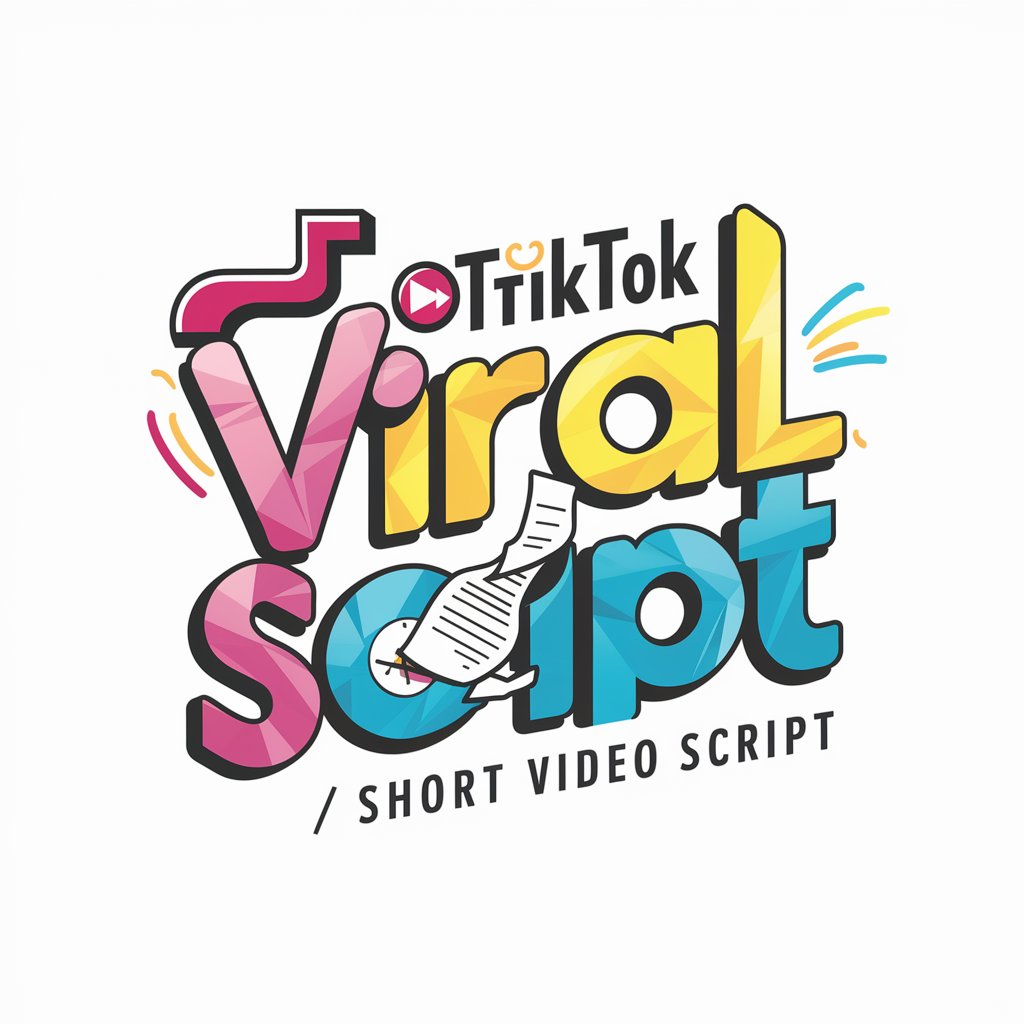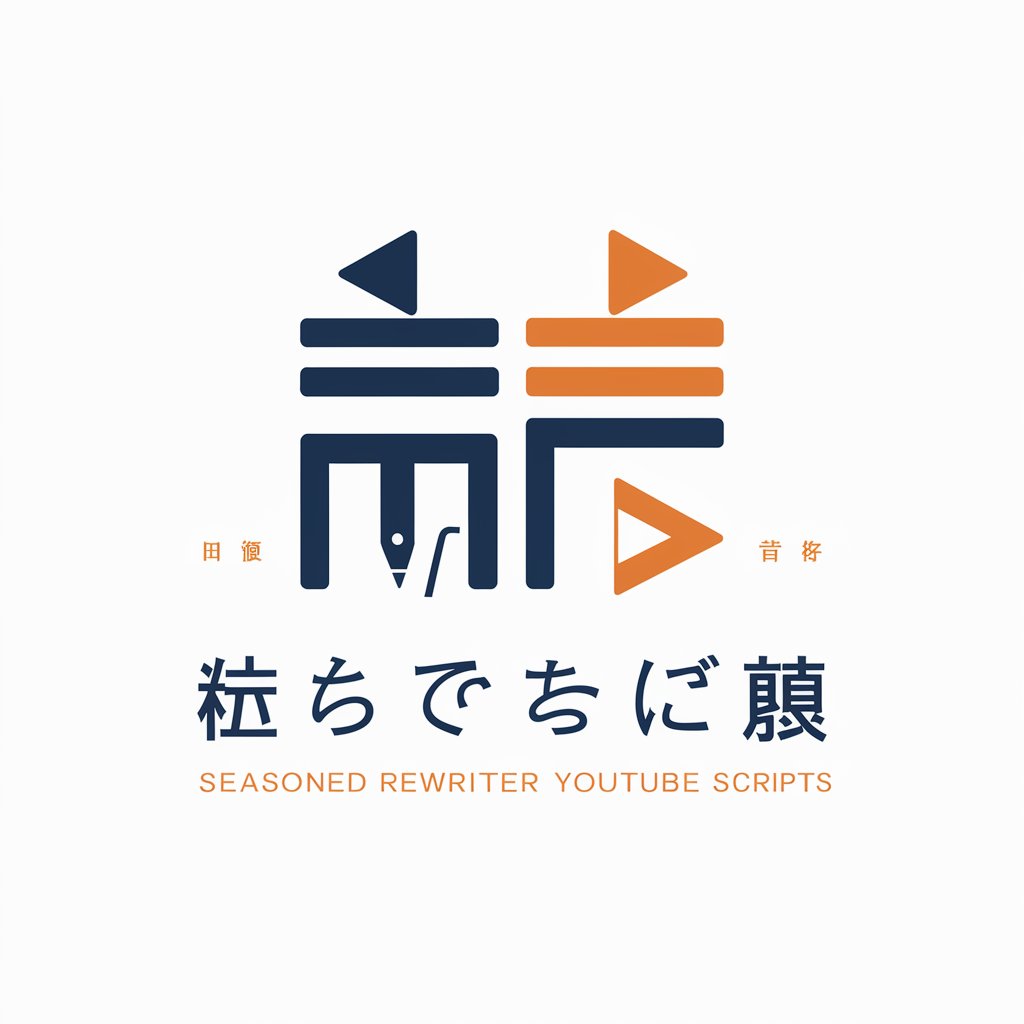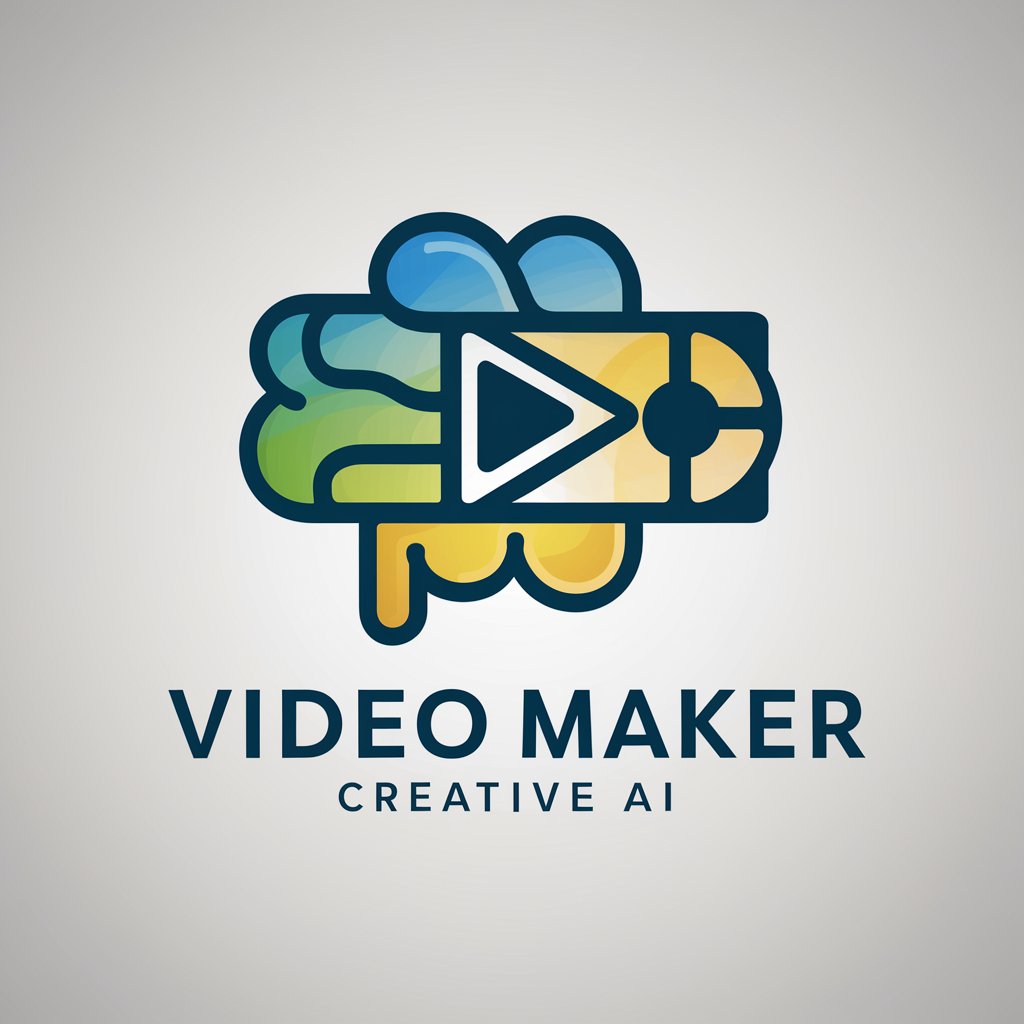
文本转分镜脚本(Script to Storyboard)-storyboard conversion from text content.
From script to storyboard, visually powered by AI.

将采访内容转译为分镜脚本,并自动生成相应的文生图提示词
请将以下故事转换为分镜脚本
Get Embed Code
Introduction to 文本转分镜脚本 (Script to Storyboard)
Script to Storyboard isJSON 错误修正 a specialized tool designed for transforming narrative text—whether fictional, documentary, or conceptual—into detailed visual storyboard scripts. Its purpose is to bridge the gap between written storytelling and visual pre-production by providing a structured cinematic breakdown of scenes. By parsing sentence-by-sentence structures, it identifies key visual elements, emotional beats, environmental cues, and camera techniques, then translates these into actionable storyboard sequences. For example, a sentence like 'She walked through the dark alley, clutching her coat' would be transformed into multiple storyboard frames: one showing a wide-angle establishing shot of the alley, another showing a mid-shot of the character walking cautiously, and a close-up highlighting her tense grip on the coat. The tool also integrates with text-to-image generation systems like DALL·E by providing visual prompt descriptions tailored to each storyboard frame, thus enabling artists or directors to render concept art instantly. This workflow supports creative professionals in pre-visualizing scenes with high fidelity and emotional resonance.
Core Functions of Script to Storyboard
Scene Decomposition from Text
Example
A single paragraph about a stormy night is parsed into fiveJSON代码修正 distinct shots including wide shots of lightning over rooftops, close-ups of rain hitting windows, and an over-the-shoulder shot of a person staring into the dark.
Scenario
Used during early screenplay development to help screenwriters visualize how their words translate to the screen, identifying pacing, tension, and setting through visual beats.
Cinematic Framing and Shot Design
Example
Describes each scene with lens type (e.g., 35mm, 85mm), angle (low-angle, top-down), shot type (close-up, wide shot), and camera motion (pan, dolly-in).
Scenario
Useful for directors and cinematographers to plan a consistent visual language throughout a film or series, ensuring continuity of mood, tone, and narrative clarity.
AI-Optimized Text-to-Image Prompt Generation
Example
Alongside each storyboard frame, the system generates a rich, targeted prompt like: 'A desolate railway platform at dawn, mist rolling over tracks, cinematic 16:9, hyperrealistic lighting'.
Scenario
Helps art directors or concept artists to rapidly produce moodboards, animatics, or AI-generated visuals to communicate with production teams, pitch ideas, or guide visual development.
Target User Groups for Script to Storyboard
Film Directors, Cinematographers, and Screenwriters
These professionals benefit from Script to Storyboard by accelerating their pre-visualization process. For directors, it provides a detailed shot list and visual pacing. Cinematographers use it to plan lighting and camera work. Screenwriters gain insight into how their words will be visually interpreted, often revealing gaps in setting or action that need refining.
Concept Artists, Storyboard Artists, and Previsualization Teams
For artists and production designers, Script to Storyboard offers immediate visual translation of narrative text into drawable, animatable sequences. It helps these professionals generate thumbnails, key frames, or animatics based on narrative intent without waiting for finalized scripts. It’s also beneficial in commercial work, such as advertisement storyboarding, animation planning, or music video development.
How to Use Script to Storyboard
1
Visit aichatonline.org for a free trial without login, no need for ChatGPT Plus.
2
Input the text content you want to convert into a storyboard. Ensure the content is segmented clearly by sentences or logical breaks.
3
Choose the output format – whether you need a simple shot-by-shot breakdown, a cinematic sequence, or a detailed visual prompt for generative AI.
4
Review the automatically generated storyboard. Make necessary adjustments for pacing, shot composition, and transitions.
5
Download the storyboard as a structured document, complete with visual prompts, shot descriptions, and camera directions.
Try other advanced and practical GPTs
AI 세무사
AI-powered tax expert for Korea

顔面偏差値測定ツール
AI-powered facial beauty scoring tool

数学建模比赛助手
AI-powered assistant for mathematical modeling success
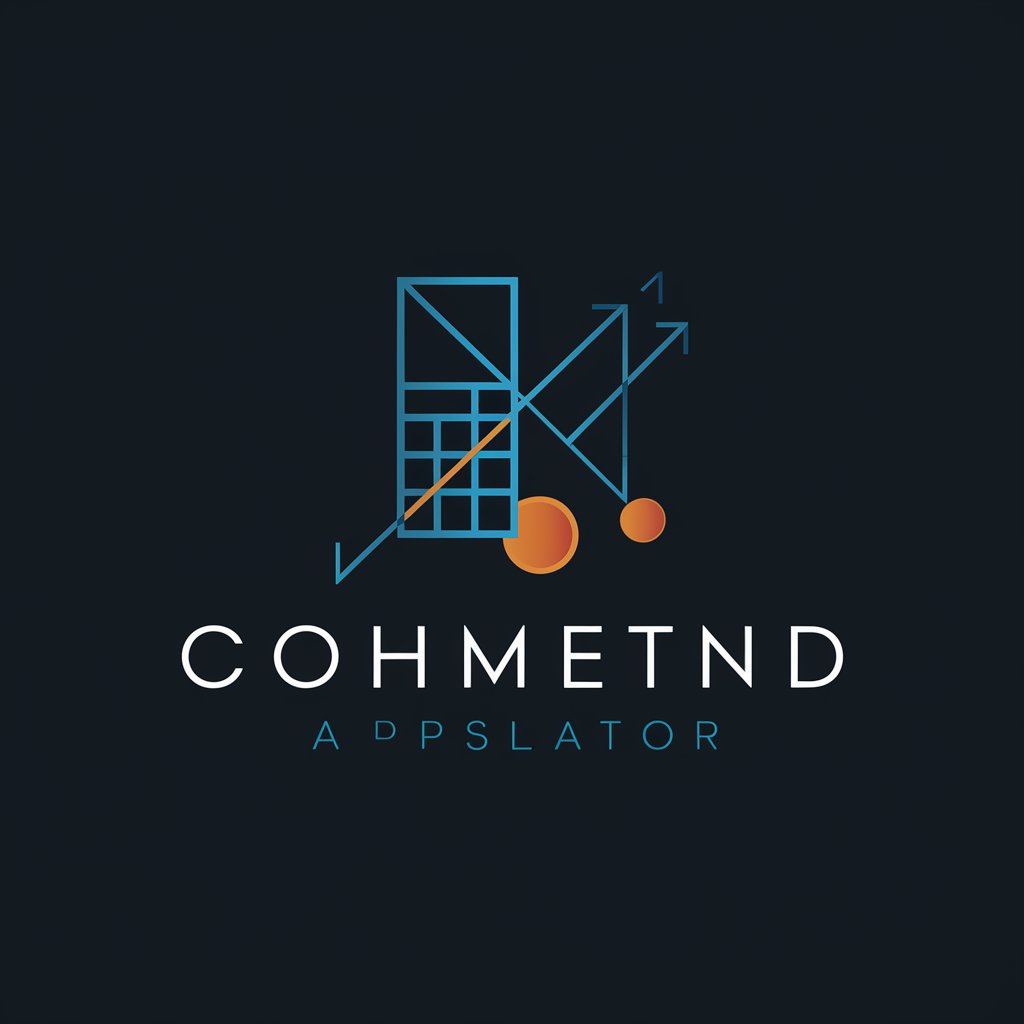
中韩翻译助手
AI-powered Chinese-Korean translator with cultural insight

中法翻译助手
AI-powered Chinese-French translation, redefined.
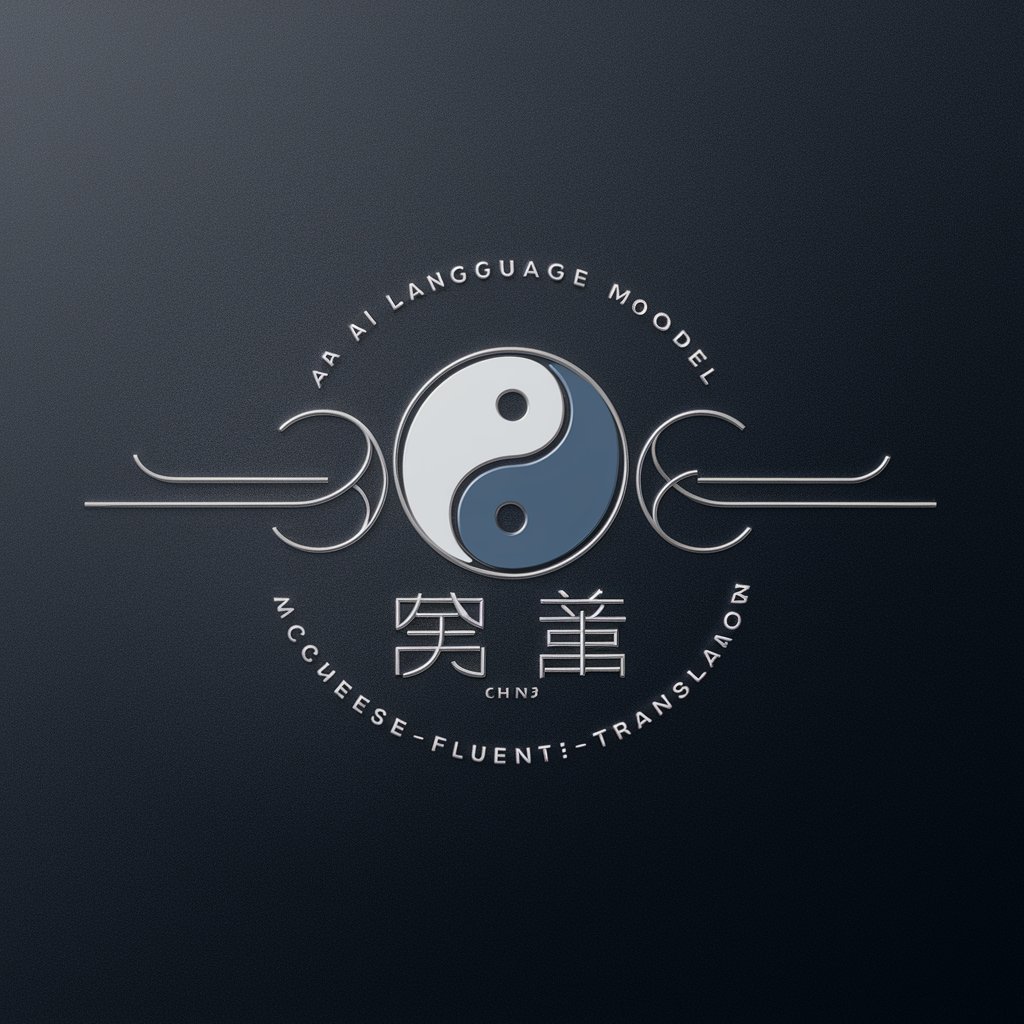
Clinical Pharmacy Assistant
AI-powered tool for clinical pharmacy excellence

Power Point Presentation Designer
AI-powered presentation automation and design.

Bible Study, Blessings, and Prayers
AI-Powered Scripture Insight and Prayer

Especialisto LGPD
AI-powered LGPD compliance advisor

Cocktail Connoisseur - Bartender Mixology Expert
AI-powered mixology for every occasion

Peru Transito 🇵🇪 por arturogoga
AI-powered guidance on Peruvian traffic law

高级测试工程师助手
AI-powered test case creation for QA teams

- Content Creation
- Screenwriting
- Film Production
- Visual Scripting
- Storyboard Design
FAQs About Script to Storyboard
What type of content can Script to Storyboard convert?
Script to Storyboard can convert any narrative text, dialogue, or script into a structured storyboard with visual descriptions, camera angles, and shot composition.
Can I use this tool for film projects?
Yes, it's designed for filmmakers, screenwriters, and content creators who need a comprehensive storyboard breakdown, including scene transitions and cinematic compositions.
How does the tool handle abstract concepts in text?
The tool employs creative interpretation for abstract concepts, generating visually evocative prompts and suggesting metaphoric imagery to represent complex emotions or ideas.
Are the generated storyboards exportable?
Yes, the tool allows you to export the storyboard as a formatted document, including detailed shot descriptions, visual prompts, and sequential numbering for easy reference.
Does it provide prompts for generative AI art tools?
Absolutely. Each storyboard shot is accompanied by a structured prompt designed for AI image generation tools like DALL·E or Midjourney.

